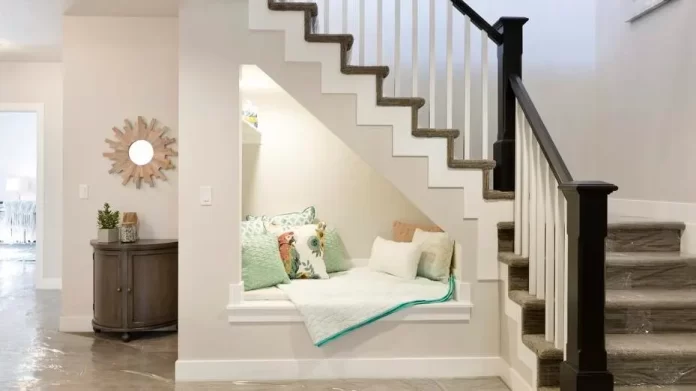Preparing all your belongings for a move can be time consuming, so you need to carefully consider how your belongings will fit into your new home. Otherwise, you will need to reduce the number of items you’re bringing with you or look for storage options that will keep your belongings safe. If your new residence can’t accommodate all the belongings you wish to take with you or you’re only relocating to a new city for some time, it may be better to leave your items in a secure storage facility in your area until you are ready to take them back.
In case you’re hiring professional removalists to assist with your move, you ask them if they also offer storage facilities and learn more about other services that you can avail. If you’re moving to a new city for some time and you intend to return to your hometown, leaving your items in a storage facility may be a more convenient option compared to taking your belongings with you and moving them back. Using a storage facility located near your new residence will help keep your belongings safe whilst you make room for these items in your new home.
Whether you’re putting your items into long-term/short-term storage, there are several ways on how you can make the most out of your investment in a storage facility. Here are some of them:
- Assessing your belongings
Check all the items you have at home and categorise them based on their importance or necessity. As you check each room or container, lookout for items that are too old or worn out, or items that you haven’t used for some time. If there are items that are unused or are in good or excellent condition, consider donating them to local charities or selling them. Dispose of items that are old, damaged, or no longer needed.
- Planning and organising
Once you have sorted out your belongings or you have determined which items to move to your new residence, create a detailed inventory of all items to be stored. If you have enough time, note the condition of each item. This might be a tedious task, but it will make it easier for you to detect any damages once the items are delivered in your new residence.
Measure the dimensions of the storage unit to determine the available space. This will help you determine what and how many items you can fit into the unit. There are digital tools and apps that you can use to take measurements and assist you in planning and organising the placement of the items in your storage unit.
- Packing for efficient storage
When you’re putting items in short/long term storage, it is important to use appropriate packing materials to protect fragile items. This will help keep your belongings safe the entire time they are kept in your storage unit. You also need to make sure that there is no moisture on any items you pack to avoid damages and unpleasant odour caused by moulds or bacterial growth.
Use boxes of varying sizes and use linen or towels to fill spaces when packing fragile or delicate items. Once you are satisfied with the wrapping of your items, seal the boxes with high quality packing tape. Then, label and categorise boxes for easy identification and access.
- Disassembling furniture and large items
Disassemble large furniture pieces to save space, especially if you have limited space and you have a lot of items to store in your unit. In case you are stacking items together, avoid putting heavy items on top of lighter ones to avoid damage.
Keep all hardware and instructions together in labelled bags or containers. This way, you will have easier parts that belong together when it’s time to reassemble your hardware and furniture in your new residence.
- Utilising vertical space
Stack boxes and items vertically to maximise floor-to-ceiling space. You might also want to consider using shelving or racks to create additional storage levels if you’re planning on storing smaller items.
- Creating walkways and access points
Leave clear pathways between stored items for easy access, especially if you’re opting for self-storage and you plan to take items in and out of your storage unit as needed. Carefully plan the placement of your belongings, making sure that items that may need to be accessed frequently are located near the front.
- Protecting stored items
Even if you have plenty of space in your storage unit and most items are not stacked, it is highly recommended that you use protective covers for furniture, mattresses, and other vulnerable items.
Consider climate-controlled storage units for temperature-sensitive belongings, especially if you are opting for long-term storage. It might cost more, but this type of storage unit offers a higher level of protection for your valuables.
- Securing and organising storage units
Invest in sturdy locks and security measures for your storage unit. When possible, use shelving units, pallets, or platforms to keep items off the ground.
- Documenting and labelling
Create a visual inventory with photographs or videos for reference. Clearly label boxes and storage containers with contents and room destination
- Loading and unloading strategy
Plan the loading sequence to ensure easy access to required items. It is best to use moving equipment such as dollies or hand trucks for heavy items.
- Keeping a record and updating
Maintain an updated inventory as items are loaded and unloaded. Whenever you access your stored unit, check and keep track of any changes or additions to the stored items.









